Producers
-
Description:Image:
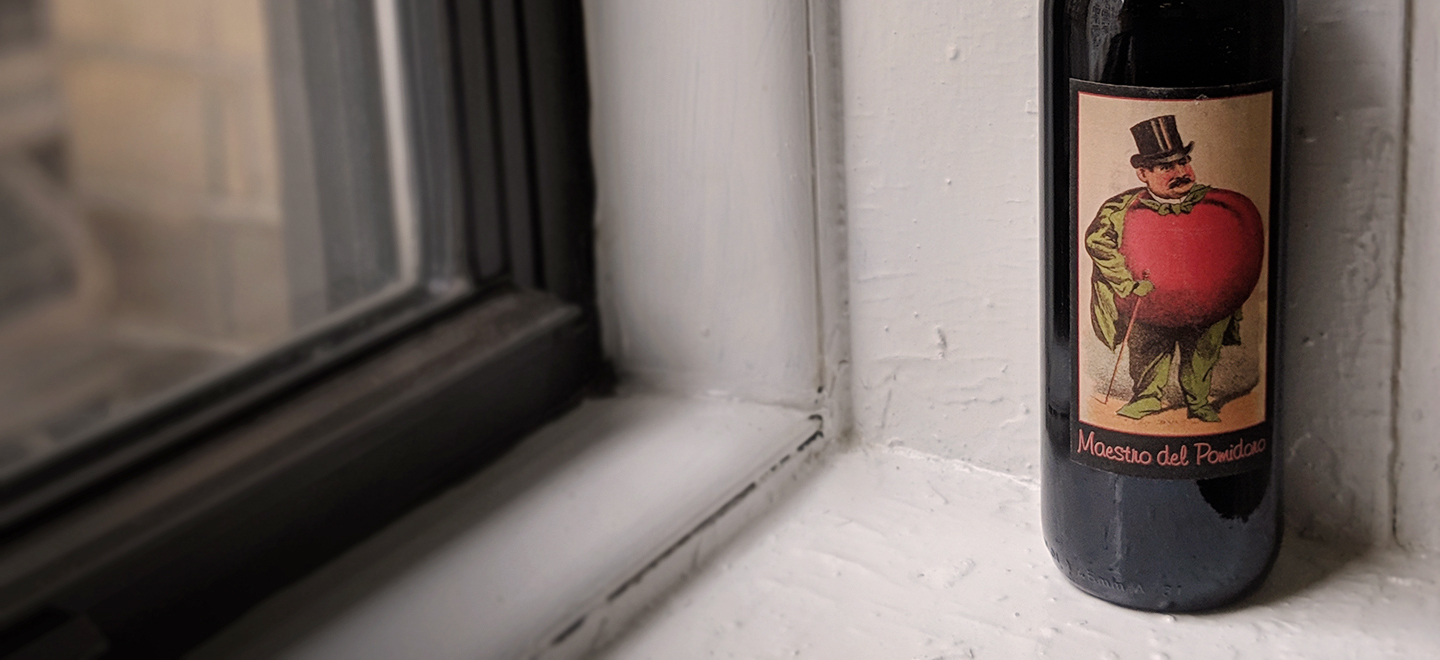 Region:
Region: -
Description:
The Spirit of Agave Brought to Life
A constantly rotating selection of small batch artisanal agave spirits.
At Maguey Melate they continiously scour Mexico for the finest small batch Agave Spirits from their home base in Oaxaca. After visiting over 200 palenques in search of the best handmade, artisanal Agave Spirits, they are debuting their fan favorites in New York.
So what are Agave Distilates? They are a subset of the agave spirits industry which are not certified as Mezcal, Raicilla, or Tequila by the regional agave spirits authority. By offering these traditional spirits as agave distillates, we support the smallest independent producers who do not have the means or will for certification.
Their focus is to introduce the world to these mezcaleros through their virtual experience that comes with each bottle. We let the mezcaleros tell their own story to give you all the information needed in order to truly appreciate what’s inside the bottle.
When we first met Dalton Kreiss and Dave Lather we knew Melate was an exceptional fit for Bowler Spirits. Education , sustainability and the nurturing of some of best mezcaleros from remote regions of Mexico.
To learn more about them, please visit www.magueymelate.com.
Please reach out to Rick Long, Spirits Portfolio Manager: rlong@bowlerwine.com, or your Bowler sales rep for availability of these special Limited Agave Distillates.
Image: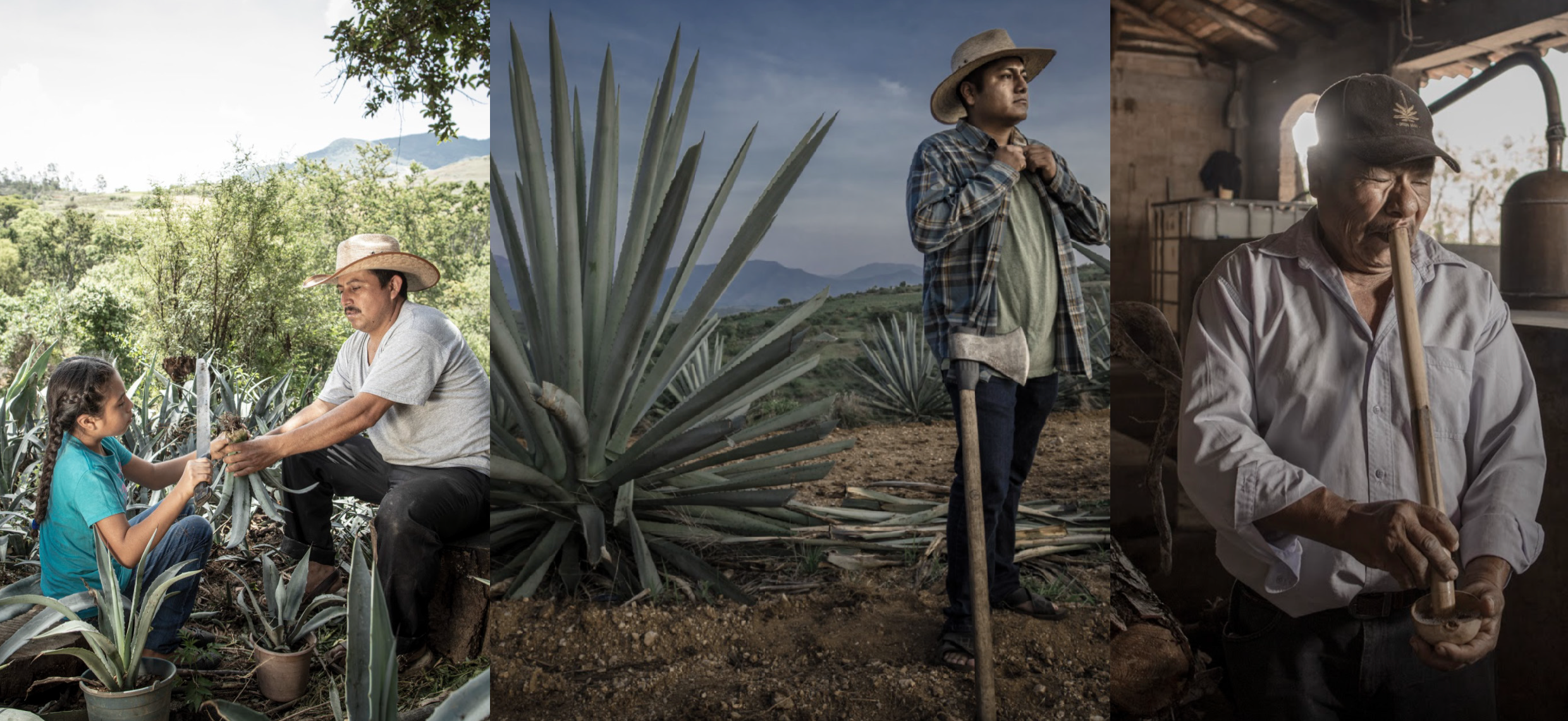 Region:
Region: -
Description:
Mallea is a collaboration between viticulturist Erik Mallea (director of viticulture at Sanford & Benedict and a co-founder of Willett-Mallea Farming) and winemaker Justin Willett (of Tyler Winery and Lieu-Dit Winery). After working together in various capacities for over a decade, Erik and Justin have started this exciting new project to highlight Santa Barbara County’s potential with Rhône grape varieties. They are farming four small vineyard sites clustered around Los Olivos in the Santa Ynez Valley of Santa Barbara. The initial release features three wines: a Grenache Blanc, Grenache Rosé, and a GSM red blend, made by Justin Willett at his winery in Lompoc, CA. We are thrilled to welcome Mallea Wine Co. to the Bowler portfolio!
The labels reference Erik Mallea’s Basque heritage, depicting 19th & 20th-century aspen tree carvings by Basque shepherds in the American West. Erik’s father, Joxe Mallea-Olaetxe, is a respected scholar of this cultural tradition.
Image: Region:
Region: -
Description:
A true yin and yang team - one materials engineer grounded in hard science, and one restaurant professional with a sensory aligned M.O. Two nerds with a penchant for good hospitality and properly fermented pizza dough.
Bee Maloof represents the hard science behind the project. Prior to playing with grapes, she worked for close to a decade as a materials science engineer within the aerospace industry. As a long-time lover of food and wine, Bee turned her scientific eye from rotorcraft to winemaking during the 2016 harvest.
Ross Maloof broke into the production side of the wine industry initially by traveling to Oregon to visit some friends, and ended up working harvest in the Willamette Valley. Prior to getting his first taste for winemaking, he worked for just over a decade in the Philadelphia dining scene at such wine destinations as Vedge and A. Kitchen.
Today, Maloof Wines are produced at their estate vineyard and winery location, No Clos Radio, just outside of Forest Grove, OR. The Maloofs are dedicated to making wines full of energy, with the number one goal of truly capturing a place and time in each bottle.
Image: Region:
Region: -
Description:
Thank you to importer Louis/Dressner for this profile of Manciat:
We know the Mâconnais well. Denyse Louis’ family comes from this area, has vineyards with the coop in Lugny, and we own a home there. We knew the coop and négociant wines that dominate the Mâconnais and the American marketplace, but it was a 1986 Mâcon from a small artisan estate that was the revelation and the start to our search for comparable wines from other regions. We take special pride in our selections from the Mâconnais, our local wines.
Some of the coops produce millions and millions of bottles. Jean Manciat’s vineyards can be toured on foot in a few minutes (5.5 hectares). When Manciat took over his family estate, he immediately left the coop in Charnay. He replanted extensively but kept as many of the old vines as possible. The yields average less than 50 hectoliters/hectare (the coops routinely harvest twice as much) and the picking is done by hand (a tradition totally lost around here except at the best Mâcon estates).
Manciat prunes his Chardonnay vines in the Côte d’Or fashion (taille Guyot), leaving a shorter cane that is less productive. The Mâconnais style of pruning is to bend a long cane into an arc, but Manciat finds the quality much higher with a shorter cane. Manciat is also experimenting with various agricultural techniques, such as sowing particular varieties of grass between rows, to eliminate the use of herbicides and alleviate soil erosion. He uses a type of old rootstock which he finds ideally suited to the chalky soil of the Mâconnais and replants with a mix of clones and grafts taken from old vines in the Pouilly-Fuissé area.
Manciat has a passion for wines fermented and aged in oak barrels, and uses a fair amount of new wood for his Vieilles Vignes cuvée and his miniscule production of Saint-Véran. But the Mâcon-Charnay Franclieu featured here is made in stainless-steel vats, to express the fruity, floral aromas and flinty minerality that characterize the best Chardonnay in the region.Image: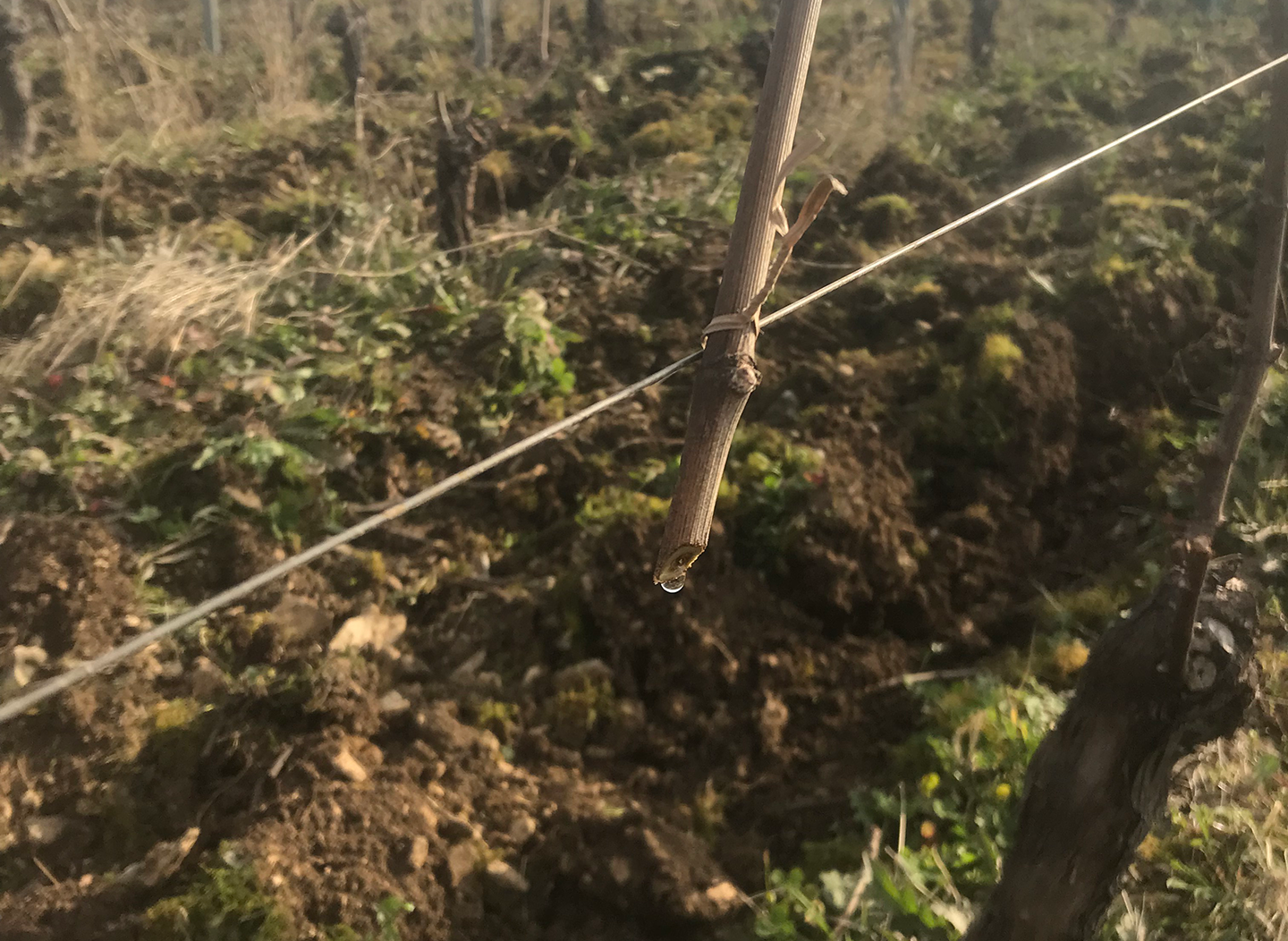 Region:
Region: -
Description:
Marco Sara is an eight-hectare certified organic wine estate in the town of Savorgnano del Torre, in the northwestern corridor of the Friuli Colli Orientali denomination. Savorgnano is not an official subzone of the Colli Orientali, but it is largely considered one because of its unique characteristics. It’s the the coolest and wettest area in the appellation, with around 1600-1800mm of annual rainfall. Compare that to Miami, at around 1570mm, and Seattle, with a measly 950mm! Savorgnano has a significant concentration of ponca soil, also known as opok in neighboring Slovenia, and as Flysch di Cormòns to geologists. Ponca is a friable marl, nearly-alkaline due to its high percentage of calcium carbonate, with alternating layers of clay or sandstone. The vineyards of Savorgnano are also surrounded by dense forests, with a dramatic backdrop of the Julian Alps. Naturally, botrytis cinerea is present every year and has a place in the culture of winemaking here, both for dry and sweet wines. Past generations of villagers of Savorgnano knew that this combination of factors were capable of creating great white wines, marked by saltiness and verticality. In fact, the best slopes with ponca were reserved for white grapes and the red grapes were planted on the lower, flatter parcels with more fertile clay.
Marco, whose first commercial release was 2003, comes from this lineage and mindset. He has clear convictions, which have been tested over the twenty harvests of his career. Though he runs with the natural wine crowd, he is convinced that some of its tropes--constant experimentation, maceration with white wine skins, the dreaded ‘funkiness’--have, paradoxically, obscured terroir, much in the same way as the superripe barriqued wines of the 1990s. His entire modus operandi is to make the terroir of Savorgnano speak clearly, with the grape variety being a mere vessel. He is a man dedicated to the ponca!
Though Marco and his wines are quite well known in some circles in Italy, he has not had a major or steady presence in the United States. Until now. Welcome, Marco!
To learn more:
www.marcosara.com
@marcosaravignaiolo
Image: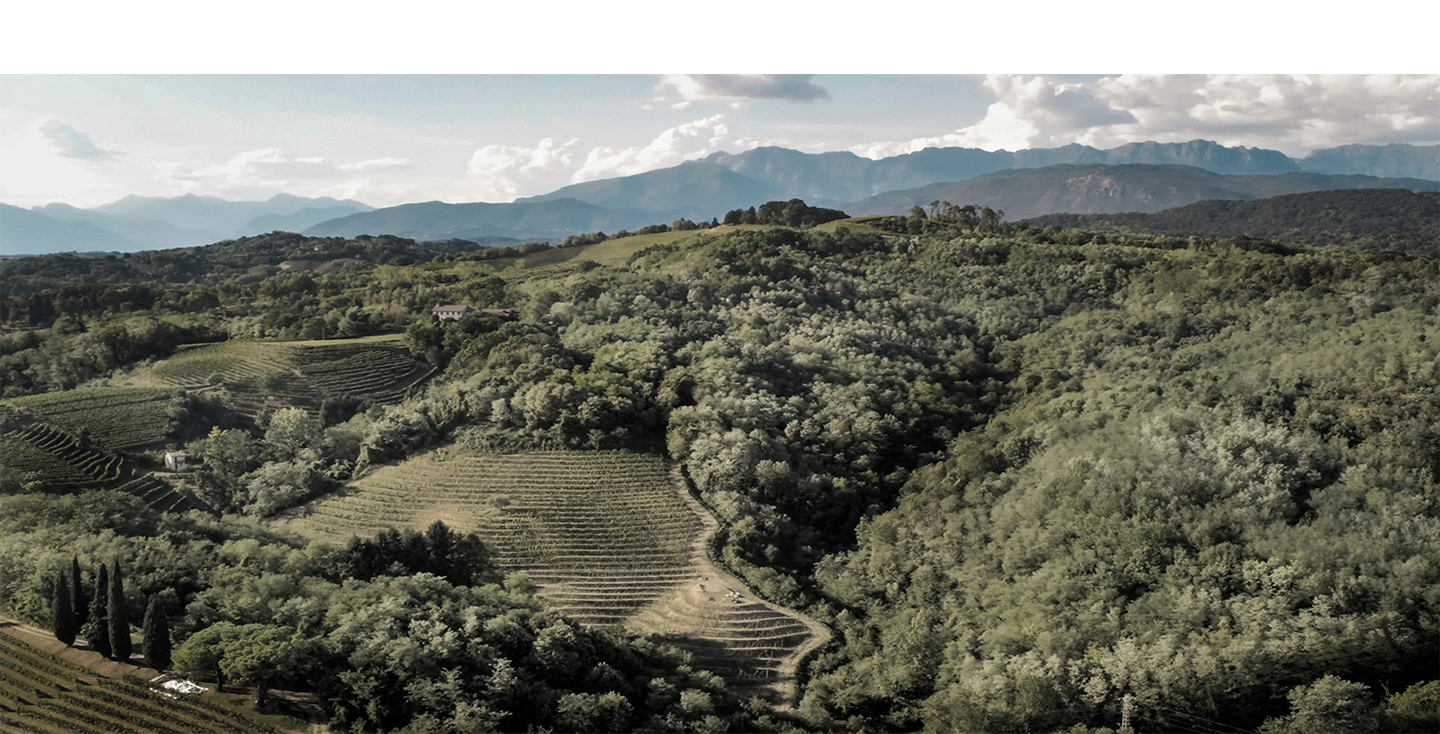 Region:
Region: -
Description:
Marie Weiss is Ployez-Jacquemart’s second label. A blend of 50% Pinot Noir, 25% Pinot Meunier and 25% Chardonnay from the Montagne de Reims and the Côte des Blancs; about half of the juice comes from 1er Cru and Grand Cru vineyards. Extraordinary quality for the price.
Image: Region:
Region: -
Description:
Domaine Yves Martin is a small, family-run estate with nineteen hectares of vines in the famed town of Chavignol. The winemaker, Pierre Martin, took over from his father Yves in 2005.
The domaine is in conversion to organic viticulture; they never use herbicides or pesticides. The subsoil here is Kimmeridgian marl and the top soil is very stoney. They grow vines in each of the two famous terroirs of Chavignol: “caillottés,” which is stony and chalky; and “terres blanches,” which is composed of clay and limestone.
The winery is located in the center of Chavignol and is gravity fed. All fermentation happens spontaneously in thermo-regulated tanks. Most of the wines are aged in stainless steel (although a couple of the cuvées are aged partially in barrels) and all are aged on the fine lees, lending a nice richness to the wines. The result is mineral-laden, refreshing Sancerre with citrusy lime notes and a lingering finish.
Image: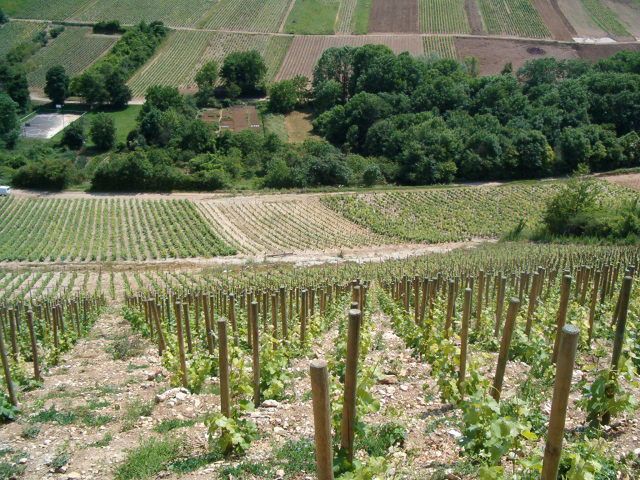 Region:
Region: -
Description:
When founding partner Mary Taylor first fell in love with wine in the early 1990’s, it was the European classics that truly spoke to her and stole her heart. As a young professional selling French and Italian wine, first in the New York wine auctions and then as a merchant, she quickly learned to appreciate wine in the “Old World” way— not as a luxury good reserved for special occasions, but a living agricultural product that belongs to everyday life.
Today, Mary Taylor Wine’s mission is to unlock the world of European “appellation” wines by working with individual growers in multiple villages— from Bordeaux to Nîmes to Valençay— who produce exceptional, regionally-distinctive wines at extremely accessible prices. Farming is inextricably linked to making distinctive wines and all of the growers that Mary Taylor works with farm responsibly; most are certified sustainable by HVE and others are certified organic and practicing biodynamic.
Each Mary Taylor wine is a faithful ambassador of its geographical origin, true to local traditions, and the vision of the individual farmer who bottled it, whose name is listed on the front of every bottle. Mary Taylor Wine offers affordable wines of genuine quality and integrity (no shortcuts) that will bring the magic of their “terroirs” to life wherever you choose to enjoy them: at a dinner party, next to the grill, or even just on a quiet night at home.
Image:
-
Description:
The Mas de Cadenet estate is located at the base of the Sainte Victoire mountain (the mountain that Cézanne made famous through his paintings), in the heart of Provence. A family estate, it has been owned and run by the Negrel family for seven generations.
Sainte-Victoire is a sub-appellation of the Côtes de Provence which was granted its own AOC status in 2005; twenty-two winemakers (including Mas de Cadenet) fought for their AOC status for 15 years, and rosé from this region is widely understood to be the best of those produced in Provence. Mas de Cadenet's 45 hectares of vineyards are situated 250 meters above sea level, with a southern exposure: 40 hectares are located in AOC Sainte-Victoire and 5 hectares in AOC Côtes de Provence. Rosé is their primary focus, and at 60% of their total production, making an exceptional rosé is clearly a priority; they also produce vin rouge (30% of their production) and vin blanc (the remaining 10%).
Sainte-Victoire is also noteworthy for a "gentleman's agreement" in effect here: the vignerons of Saint-Victoire have all elected to practice organic viticulture. As with all of their neighbors, striking a balance with nature is central to the Negrel family's philosophy, and their vineyards have been certifed organic since 2013. The average age of their vines is 35 years old, with the oldest vines now over 70 years old. The age of the vines is a key factor for the wines consistency and quality; the yield of the wines is naturally kept low to ensure high quality of the wines (45 hl/ha in average). www.masdecadenet.fr Image: Region:
Region: